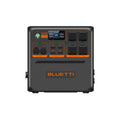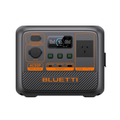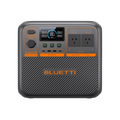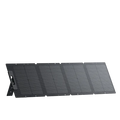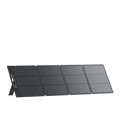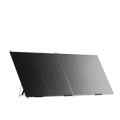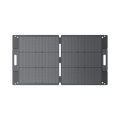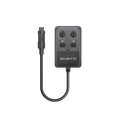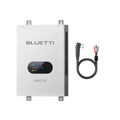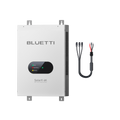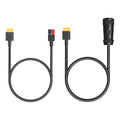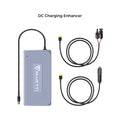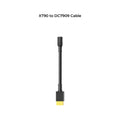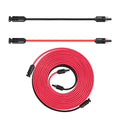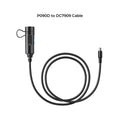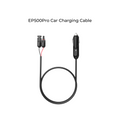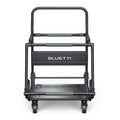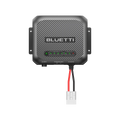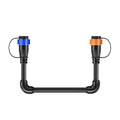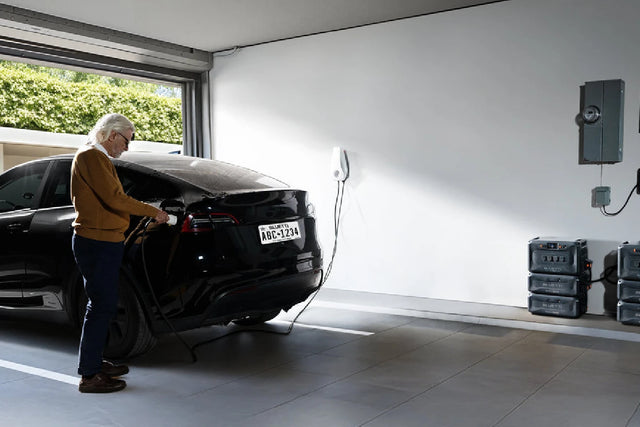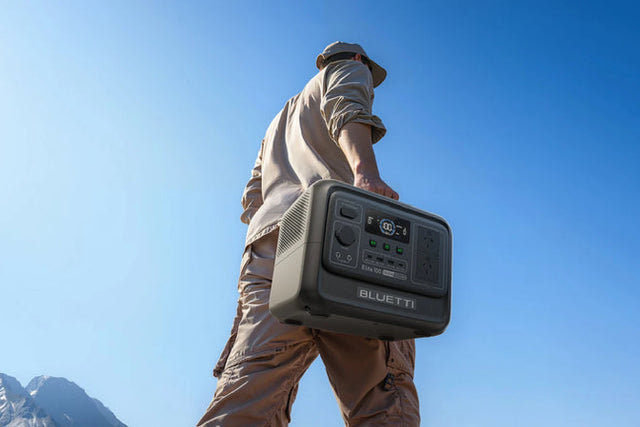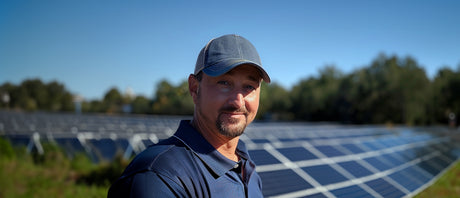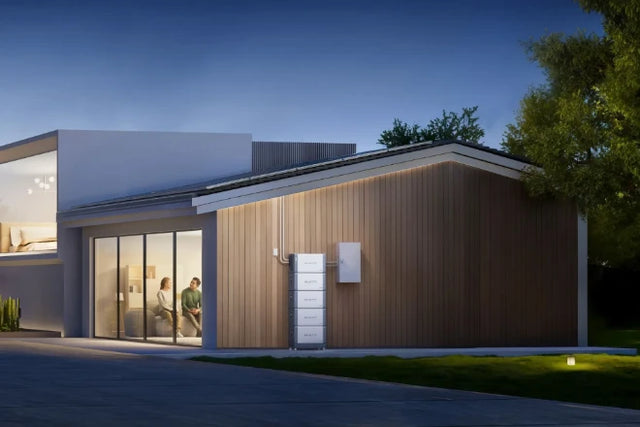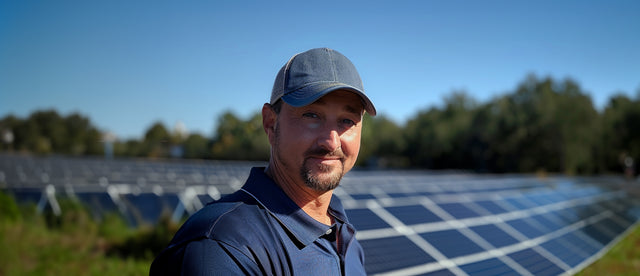As the world becomes increasingly aware of the need to switch to sustainable sources of energy, many countries, including Australia, have implemented various incentives and rebates to encourage the adoption of solar power. In particular, the state of South Australia has been at the forefront of this movement, offering a generous range of government solar incentives and rebates to its residents. In this article, we will delve into the details of these incentives and rebates, discussing their purpose and importance in promoting the use of solar energy in South Australia. Whether you are a homeowner, a business owner, or simply someone curious about the topic, this article aims to provide you with a comprehensive understanding of the government solar incentives and rebates in South Australia.
Understanding Government Solar Incentives and Rebates in South Australia
Solar energy has become increasingly popular in Australia, and the government has introduced various incentives and rebates to encourage more households and businesses to switch to solar power. In South Australia, the state government has implemented several programs to support the growth of the solar industry and make renewable energy more accessible and affordable for its residents. In this article, we will discuss the two primary solar incentives available in South Australia, as well as additional incentives offered by the City of Adelaide.
The Small-Scale Renewable Energy Scheme (SRES)
The Small-Scale Renewable Energy Scheme (SRES) is a national program that offers financial incentives to households and businesses that install small-scale renewable energy systems, such as solar panels. The scheme is administered by the Clean Energy Regulator and is available to eligible participants in all states and territories in Australia.
Under the SRES, eligible participants receive Small-scale Technology Certificates (STCs) for their solar system, which are tradeable certificates that represent the amount of renewable energy the system will generate over its lifetime. These STCs can then be sold to electricity retailers or other buyers, providing a financial benefit to the system owner.
The amount of STCs that a solar system can generate depends on several factors, such as the system size, location, and installation date. The higher the STCs, the larger the financial incentive for the system owner. In South Australia, the SRES can provide an upfront discount of up to $3,750 for a 6.6kW solar system.
Solar Feed-in Tariffs (FiTs)
In addition to the SRES, the South Australian government also offers solar feed-in tariffs (FiTs) to households and businesses that export excess solar energy back to the grid. FiTs are a payment from electricity retailers to the system owner for each kilowatt-hour (kWh) of solar energy that is sent back to the grid, providing a financial reward for generating clean energy.
There are two types of FiTs available in South Australia: the standard FiT and the transitional FiT. The standard FiT is a minimum amount set by the government, currently at 8.4 cents per kWh, while the transitional FiT is offered by individual electricity retailers and can vary depending on the retailer and their plans. Both FiTs are available to systems with a capacity of up to 100kW, and participants must register with their electricity retailer to receive their FiT.
Additional Incentives in the City of Adelaide
If you live in the City of Adelaide, you may also be eligible for additional sustainability incentives. The city offers the Sustainability Incentives Scheme, which provides financial support to households and businesses that install solar panels, rainwater tanks, or energy-efficient appliances.
Under this scheme, households can receive up to $5,000 for a 4kW solar system, and businesses can receive up to $200,000 for larger solar systems. The city also provides a free home energy audit to assess energy efficiency and provide recommendations for cost savings and sustainability improvements.
If you are considering switching to solar power in South Australia, there are several incentives and rebates available to make the transition more accessible and affordable. The Small-Scale Renewable Energy Scheme and solar feed-in tariffs provide financial benefits for installing a solar system, while the City of Adelaide offers additional incentives for sustainability improvements. With these government initiatives, it is easier than ever to join the solar movement and contribute to a cleaner and greener future for South Australia.

Understanding the Small Scale Renewable Energy Scheme
The Australian government has been actively promoting the use of renewable energy sources in recent years as a way to reduce greenhouse gas emissions and combat climate change. One of the ways they are doing this is through various incentives and rebates for households and businesses that install solar panels. In South Australia, these incentives come in the form of the Small-scale Renewable Energy Scheme (SRES), which offers a rebate in the form of Small-scale Technology Certificates (STCs).
The SRES is a government initiative that provides financial incentives to households and small businesses that install small-scale renewable energy systems, such as solar panels, wind turbines, and hydro systems. These incentives are designed to make renewable energy more affordable and accessible for everyday Australians, while also reducing the nation's dependence on fossil fuels.
The SRES works by creating a market for STCs, which are created when eligible renewable energy systems are installed. One STC is equal to one megawatt-hour of electricity generated by a small-scale renewable energy system. These STCs can then be sold to electricity retailers, who are required by law to purchase a certain number of them each year. The price of STCs is determined by supply and demand, and the value of each certificate can vary.
For example, if a household installs a 5kW solar panel system, they will receive STCs for the amount of electricity the system is expected to generate over its lifetime. This number is calculated based on the location of the system, the type of solar panels used, and the amount of renewable energy generated. The household can then choose to sell these STCs to an electricity retailer or assign them to a registered agent who can sell them on their behalf.
The main benefit of the SRES for South Australians is the financial incentive it provides for investing in renewable energy. By selling STCs, households and small businesses can offset the upfront costs of installing a renewable energy system, making it more affordable for them. This, in turn, encourages more people to make the switch to renewable energy, reducing their carbon footprint and contributing to a more sustainable future.
In addition to the financial benefits, the SRES also helps to reduce the cost of electricity for all South Australians. By increasing the amount of renewable energy generated, the demand for fossil fuels decreases, leading to lower electricity prices in the long run. This is because electricity retailers are required to purchase STCs to meet their renewable energy targets, and the cost of these certificates is ultimately passed on to consumers through lower electricity prices.
To be eligible for the SRES, the renewable energy system must meet certain requirements, including being small-scale and installed by a Clean Energy Council accredited installer. The system must also be installed in an eligible postcode and must not have received any other government rebates or incentives. It is important to check with the Clean Energy Council or a registered agent to ensure that your system meets all the criteria to receive STCs.
The SRES is currently scheduled to end in 2030, with the number of STCs available decreasing each year until then. However, there is ongoing discussion about potentially extending the scheme or implementing a new scheme to encourage the uptake of renewable energy. Regardless of the future of the SRES, it is clear that the Australian government is committed to supporting renewable energy and reducing our reliance on fossil fuels.
In summary, the Small-scale Renewable Energy Scheme is a crucial government initiative that provides financial incentives for households and small businesses to switch to renewable energy sources. With its various benefits, including making renewable energy more affordable and reducing electricity prices, the SRES is playing a significant role in promoting sustainable energy practices in South Australia. As more people take advantage of this scheme, it will go a long way in reducing Australia's carbon footprint and creating a cleaner, greener future for generations to come.

How much will the scheme save me in SOUTH AUSTRALIAN SOLAR REBATES?
In South Australia, the government has implemented several solar incentives and rebates to promote the use of renewable energy sources. These initiatives are aimed at reducing the carbon footprint and encouraging households and businesses to switch to solar power. So, if you are considering installing a solar panel system in your home or business in South Australia, you may be wondering how much you can save through these government schemes.
The first and most significant solar incentive in South Australia is the Feed-in Tariff (FiT) scheme. This scheme offers a payment for excess electricity generated by solar panels and fed back into the grid. The current FiT rate in South Australia is 9.9 cents per kilowatt-hour (kWh) for systems up to 10 kilowatts (kW) in size. This means that if your solar panel system produces more electricity than you consume, you will receive a credit on your electricity bill. This can significantly reduce your overall electricity costs and save you hundreds of dollars each year.
Another incentive offered by the South Australian government is the Home Battery Scheme. This scheme provides a subsidy of up to $4,000 for the installation of eligible battery storage systems. The subsidy amount depends on the kilowatt-hours (kWh) of energy storage capacity of the battery, with a maximum of $4,000 for a 13.8 kWh battery. By storing excess solar energy in a battery, you can reduce your reliance on the grid and save more on your electricity bills.
Additionally, the South Australian government offers a solar panel rebate through the Retailer Energy Efficiency Scheme (REES). Under this scheme, eligible households can receive a discount of up to $1,000 on the installation of a solar panel system. This rebate is available for both grid-connected and stand-alone solar systems, making it easier for households to invest in renewable energy.
Furthermore, the federal government's Small-scale Renewable Energy Scheme (SRES) is also applicable in South Australia. This scheme provides small-scale technology certificates (STCs) for eligible solar panel systems. The number of STCs received depends on the size and location of the solar panel system. These STCs can be sold for a financial benefit or be used to reduce the cost of your solar panel system, further increasing your savings.
these government solar incentives and rebates, along with the natural benefit of reducing your electricity bills, can save you thousands of dollars over the lifetime of your solar panel system. It is essential to note that these incentives are subject to change, so it is crucial to keep yourself updated with the current schemes before investing in solar panels. With the continuous rise in energy prices, making the switch to solar power in South Australia is a wise and cost-effective decision.
How do I make a claim?
Step 1: Understand the eligibility criteria
Before making a claim for any solar incentives or rebates offered by the government of South Australia, it is important to understand the eligibility criteria. Each program has its own set of requirements and it is important to make sure that you meet them before submitting a claim.
Step 2: Gather necessary documentation
Once you have determined that you are eligible for a solar incentive or rebate, the next step is to gather all the necessary documentation. This may include proof of purchase of the solar system, installation invoices, and any other relevant documents.
Step 3: Submit the claim form
The next step is to submit a claim form to the relevant government authority. This can usually be done online or through mail. Make sure to include all the necessary documents along with the claim form to avoid any delays or rejections.
Step 4: Wait for approval
After submitting the claim, it may take some time for the government to process and approve it. This can vary depending on the program and the volume of claims they receive. It is important to be patient and wait for the approval before proceeding to the next step.
Step 5: Receive the incentive or rebate
If your claim is approved, you will receive the solar incentive or rebate in the form of a cash payment or a reduction in your electricity bill. The method of payment may vary depending on the program and it is important to read the terms and conditions carefully.
Step 6: Keep records for tax purposes
It is important to keep records of all the documents related to your solar system and the incentives or rebates received. These can be used for tax purposes as they may qualify for deductions or credits on your tax return.
making a claim for government solar incentives and rebates in South Australia requires careful consideration of the eligibility criteria, proper documentation, and patience during the approval process. By following these steps, you can take advantage of the various programs offered by the government to promote the use of solar energy and reduce your carbon footprint. Remember to always read the terms and conditions carefully and seek assistance from the relevant authorities if needed.

If you already have a solar system installed in your home in South Australia, you may be wondering if you can add a solar battery to it. The good news is, yes you can! Adding a solar battery to your existing solar system can provide you with even more benefits and savings.
One of the main reasons why homeowners in South Australia choose to add a solar battery to their existing solar system is to increase their energy self-sufficiency. By storing excess energy generated by your solar panels in a battery, you can use it later when the sun is not shining, such as at night or on cloudy days. This can greatly reduce your reliance on grid electricity, leading to additional cost savings on your energy bills.
In addition, adding a solar battery to your existing solar system can also make you eligible for government incentives and rebates. The South Australian government offers various schemes, such as the Home Battery Scheme and the Energy Storage Scheme, which provide financial incentives for households that install solar batteries. These incentives can help offset the cost of purchasing and installing a solar battery, making it a more affordable option for many homeowners.
The BLUETTI AC500 + B300S is a popular solar battery option in South Australia. It offers a 5,000W rated power and can expand its capacity from 3,072Wh to 18,432Wh by adding B300S batteries. The battery is made of LiFePO4, which has a lifespan of 3,500+ cycles to 80%, ensuring its durability and longevity. It also comes with smart APP control, allowing you to monitor and manage your battery's performance through WiFi and Bluetooth connection.
Another benefit of the BLUETTI AC500 + B300S is its 6 ways to recharge, including through AC power, solar panels, car charger, generator, lead-acid battery, and dual charging. This versatility allows you to charge your battery in various ways, making it convenient and reliable, especially during unexpected power outages.
It's also worth noting that the BLUETTI AC500 + B300S comes with 16 versatile outlets, making it compatible with 99% of devices. This means you can power multiple appliances and devices in your home simultaneously, making it a valuable addition to your existing solar system.
Additionally, the BLUETTI AC500 + B300S also serves as a 24/7 UPS home backup, ensuring that your home has a continuous power supply even during blackouts. This feature provides peace of mind, knowing that you won't be left without electricity during emergencies.
Lastly, the BLUETTI AC500 + B300S comes with a 4-year warranty, providing you with added protection and security. This warranty period allows you to make the most out of your investment and enjoy its benefits without worrying about any potential issues.
if you have an existing solar system in South Australia, you can certainly add a solar battery like the BLUETTI AC500 + B300S to it. Not only does it increase your energy self-sufficiency and reduce your reliance on grid electricity, but it also makes you eligible for government incentives and rebates. With its impressive features and benefits, adding a solar battery to your existing solar system is definitely a smart choice for homeowners in South Australia.
SOLAR AND BATTERY INCENTIVES AVAILABLE IN ADELAIDE
Residential Solar PV: The South Australian government offers a generous solar feed-in tariff to residents who install solar panels on their homes. This means that any excess energy generated by the solar panels can be sold back to the grid at a higher rate than the current market price. In addition, homeowners can also receive a rebate of up to $3,000 for installing a solar PV system through the state's Solar Homes program. This program aims to make solar energy more accessible and affordable for households in South Australia.Energy Storage Systems: Battery storage systems allow homeowners to store excess energy generated by their solar panels for later use, reducing their reliance on the grid. The South Australian government offers a subsidy of up to $6,000 for eligible households to install energy storage systems through the Home Battery Scheme. This scheme also includes low-interest loans for eligible households to help cover the upfront costs of the system.
Shared Solar: The South Australian government has also launched the Virtual Power Plant (VPP) program, which enables households to participate in a shared solar and battery storage system. This program aims to create a more resilient and sustainable energy system by pooling together the excess energy from participating households to be used during times of high demand. In return, households receive a payment for the energy they contribute to the VPP.
Other sustainability incentives: In addition to solar and battery incentives, the South Australian government offers various other incentives to promote sustainable living. These include a rebate of up to $5,000 for households to install a solar hot water system through the Renewable Technology Fund, as well as rebates for energy-efficient appliances and lighting through the Retailer Energy Efficiency Scheme.
the South Australian government offers a range of incentives and rebates to encourage households to invest in solar and battery systems. These initiatives not only make sustainable energy more affordable but also contribute to reducing the state's reliance on traditional energy sources. With the increasing demand for renewable energy, these incentives are crucial in encouraging households to make the switch to a more sustainable and environmentally friendly energy source.
1. What types of solar incentives and rebates does the South Australian government offer for installing solar panels?
The South Australian government offers a range of solar incentives and rebates to encourage the uptake of solar energy in the state. These include both financial incentives and programs to support the installation of solar panels.
One of the key incentives is the Solar Feed-In Tariff, which allows households and businesses to earn a credit for excess solar energy they generate and send back to the grid. The current rate for this tariff is 10.3 cents per kilowatt-hour.
The government also offers a rebate of up to $2,500 for the installation of solar panels through the Home Battery Scheme. This aims to support the adoption of home battery storage systems, which can store excess solar energy for later use.
In addition, the South Australian government provides a Sustainable Finance Scheme, which offers low-interest loans for the installation of clean energy systems, including solar panels. This makes it more affordable for households and businesses to invest in solar energy.
Furthermore, the state government has a Solar Savers program, which provides a bulk-buying platform for discounted solar panels and batteries for low-income households and community groups. This promotes access to solar energy for those who may not be able to afford it otherwise.
these incentives and rebates from the South Australian government play a crucial role in making solar energy more accessible and financially viable for individuals and businesses, contributing to the state's transition towards clean and renewable energy.
2. Are these incentives and rebates available for both residential and commercial properties?
The government of South Australia has implemented several solar incentives and rebates to encourage the adoption of renewable energy. These incentives and rebates are primarily targeted towards residential properties, but they also extend to commercial properties. In fact, businesses can take advantage of a range of incentives, including the Small-Scale Renewable Energy Scheme (SRES) and the Commercial Solar Rebate. These programs provide financial support for installing solar panels and other renewable energy systems on commercial properties. However, the eligibility criteria and the amount of incentives and rebates may differ for residential and commercial properties. Therefore, it is important for individuals and businesses to thoroughly research and understand the specific incentives and rebates that apply to their specific property type.
3. How do I apply for these government solar incentives and rebates in South Australia?
To apply for the government solar incentives and rebates in South Australia, follow these steps:1. Determine your eligibility: Before applying, make sure you meet all the requirements for the incentives and rebates. These may vary based on factors such as your location, income level, and the type of system you are installing.
2. Choose a system and installer: Research different solar systems and installers to find the best fit for your needs. Make sure the installer is accredited by the Clean Energy Council (CEC) and the system meets the necessary standards for eligibility.
3. Complete the application form: Fill out the application form provided by the government or your chosen installer. This will require information such as your personal details, system details, and proof of eligibility.
4. Submit the application: Submit the completed application form, along with any required documents, to the relevant government agency or your installer.
5. Await approval: Once your application is submitted, it will be processed and assessed. You will be notified of the outcome and any next steps, such as scheduling an inspection.
6. Claim your incentives and rebates: If your application is approved, you will receive the incentives and rebates either as a direct payment or deduction from your solar system cost.
4. Are there any specific criteria or eligibility requirements for receiving these incentives and rebates?
Yes, there are specific criteria and eligibility requirements for receiving government solar incentives and rebates in South Australia. These criteria and requirements vary depending on the program, but generally, individuals and businesses must meet the following criteria:
- Must be a resident of South Australia
- Must own or lease a property with a solar system installed
- The solar system must meet certain quality and safety standards
- The system must be connected to the main electricity grid
- The property must have a separate electricity meter for solar energy
- Individuals must not have received any other government incentives or rebates for the same solar system
- Businesses must have an ABN and be registered for GST
- The solar system must be installed by a Clean Energy Council accredited installer
In addition to these criteria, there may also be income limits or specific target areas for certain programs. It is important to carefully review the eligibility requirements for each program before applying for any government solar incentives and rebates in South Australia.
5. How much can I expect to save on my solar panel installation with these government incentives and rebates in South Australia?
In South Australia, the government offers various incentives and rebates to encourage the use of solar energy. These incentives and rebates aim to make solar panel installation more affordable for residents and businesses, ultimately reducing the reliance on fossil fuels and promoting environmental sustainability. But the question remains, how much can one expect to save on their solar panel installation with these government incentives and rebates?
The answer to this question depends on several factors, such as the size of the solar system, location, and eligibility for certain programs. However, on average, homeowners can save up to 40% on their solar panel installation costs with the help of government incentives and rebates. For instance, the Solar Homes Program offers a subsidy of up to $3,500 for the installation of a solar system, while the Small-Scale Renewable Energy Scheme provides a discount of up to $4,400 in the form of Small-scale Technology Certificates (STCs). Additionally, the State Government also offers a feed-in-tariff, where homeowners are paid for the excess energy they produce and send back to the grid. These incentives and rebates significantly reduce the upfront costs of going solar, making it a more financially viable option for many households and businesses in South Australia.In addition to the national solar incentives and rebates available throughout Australia, the South Australian state government also offers its own specific programs to further encourage the adoption of solar energy. These incentives and rebates can greatly reduce the upfront cost of installing a solar system and make renewable energy more accessible to all residents in the state.
1. Solar Feed-in Tariff Scheme - This program allows solar system owners to receive a credit on their energy bills for excess electricity generated by their system and fed back into the grid. The rate of the feed-in tariff is determined by the state government and is currently set at 11.5 cents per kilowatt-hour.
2. Home Battery Scheme - In an effort to promote energy storage and reduce reliance on the grid, the South Australian government offers a subsidy of up to $6,000 for eligible households to install home battery systems. This program is part of the state's ambitious plan to achieve net-zero emissions by 2050.
3. Low-interest Solar Loans - For those who are unable to pay for a solar system upfront, the South Australian government provides low-interest loans through the Home Battery Scheme to help cover the cost of installation. These loans have flexible repayment terms and are available to both homeowners and renters.
4. Solar Hot Water Rebate - To encourage the use of solar hot water systems, the state government offers a rebate of up to $1,000 for the installation of an eligible solar hot water system. This helps reduce energy costs and reliance on traditional, environmentally harmful hot water heating methods.
5. Energy Efficiency Grants - The South Australian government also offers various grants and funding opportunities for energy efficiency projects, including solar installations. These grants are available to businesses, community groups, and local councils to help cover the cost of implementing energy-saving measures.
By taking advantage of these government incentives and rebates, residents of South Australia can significantly reduce the cost of going solar and make a positive impact on the environment. With the state's commitment to renewable energy, there has never been a better time to make the switch to solar in South Australia.
Shop products from this article
Be the First to Know
You May Also Like
For Australians exploring a sustainable future, harnessing solar power with a robust battery bank could be the perfect solution for our energy needs. Imagine tapping into the sun’s abundant energy...
For those looking to harness the sun's power and achieve true energy independence, Australia offers a treasure trove of solar battery storage options designed to meet a variety of needs....


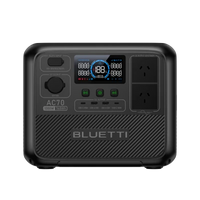
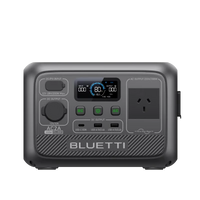
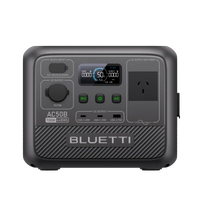

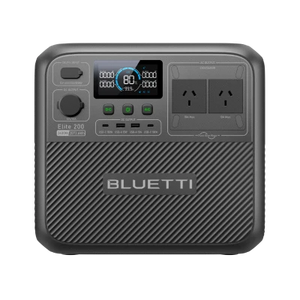
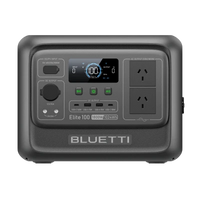
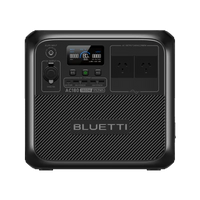
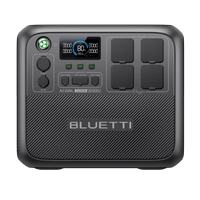
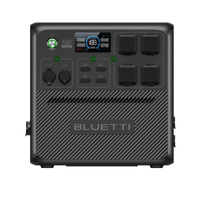
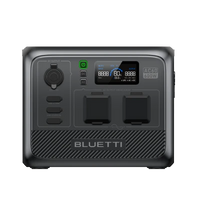
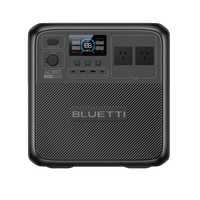


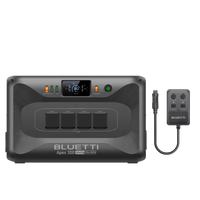

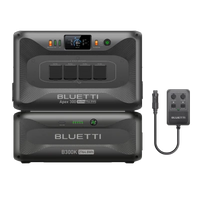
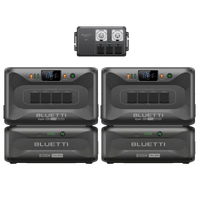
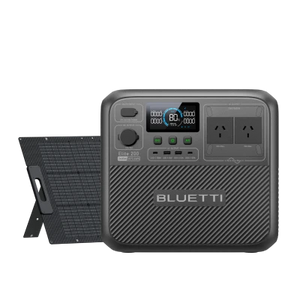
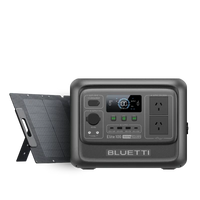
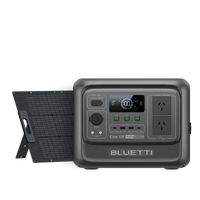
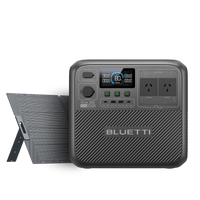
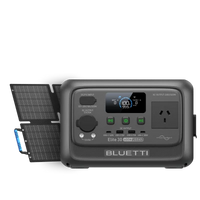
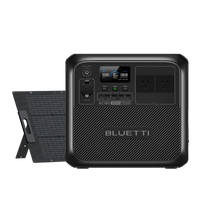
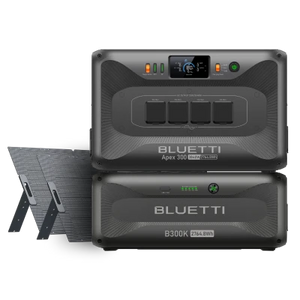
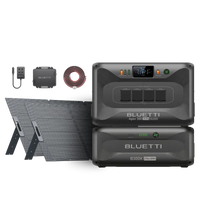
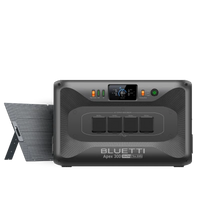
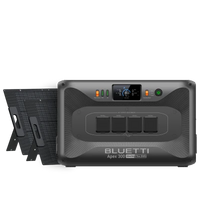
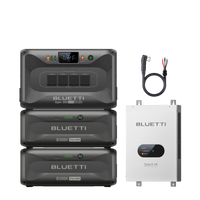

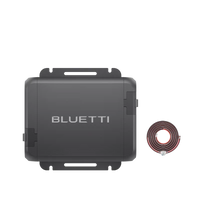
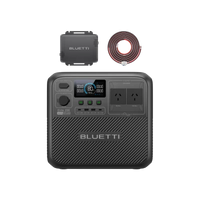
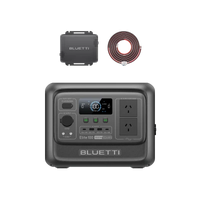
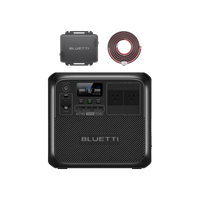
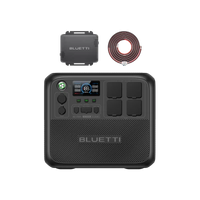
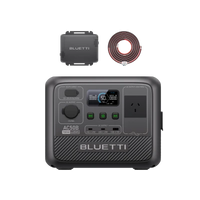
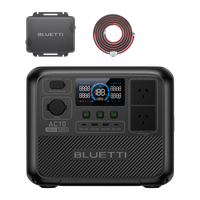


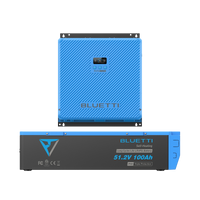
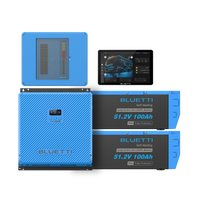
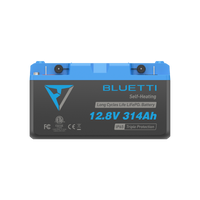
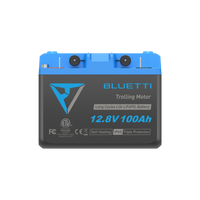
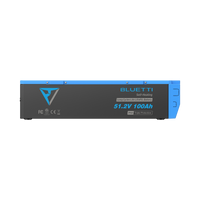
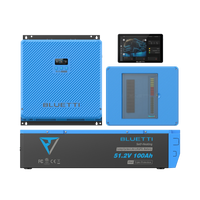
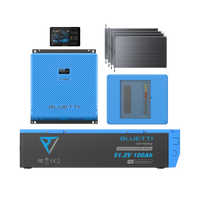
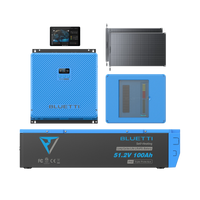
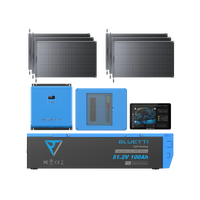




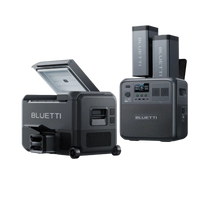
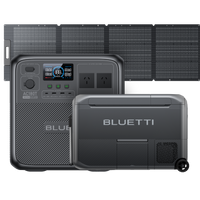
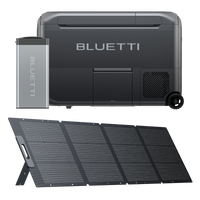
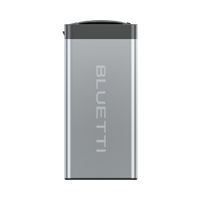
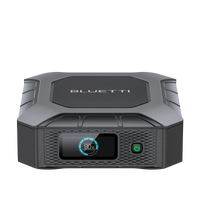
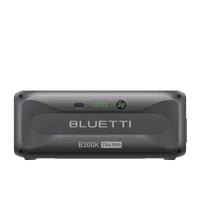

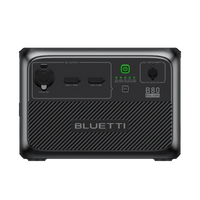
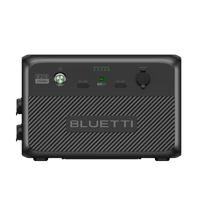

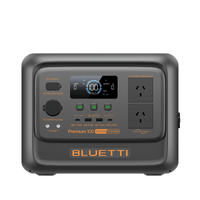
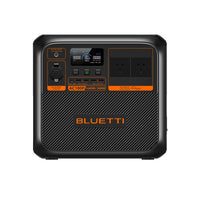

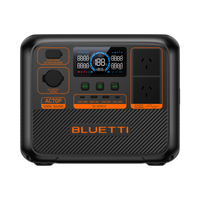
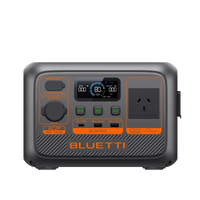
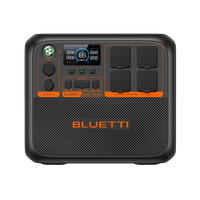
![[Phased Out] BLUETTI B80P Expansion Battery | 806Wh](http://www.bluettipower.com.au/cdn/shop/files/202310025B80P_2000-2000px_4_4caa0c1c-4dab-4272-9e9b-2b7507e5bd81.jpg?v=1713777870&width=200)
![[Phased Out] BLUETTI B210P Expansion Battery | 2,150Wh](http://www.bluettipower.com.au/cdn/shop/files/2_08cf9ef3-03a4-4489-b641-d3edb8094896.webp?v=1716016566&width=200)
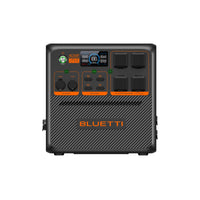
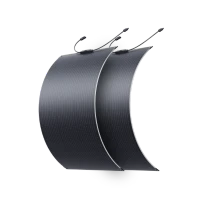
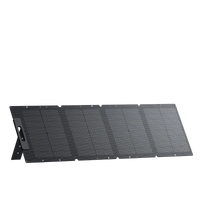
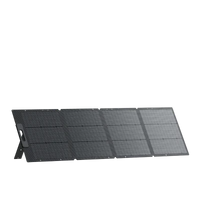
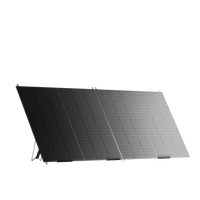

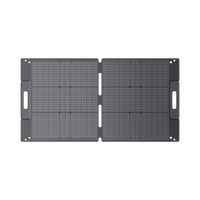

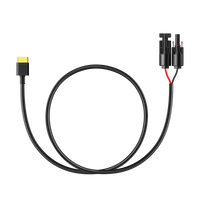
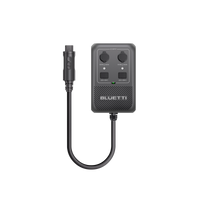
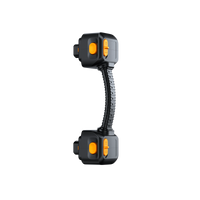

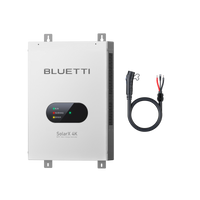
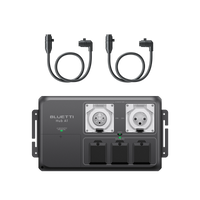
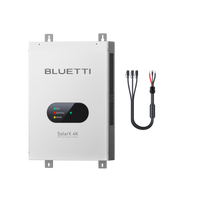
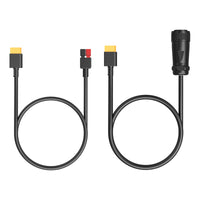
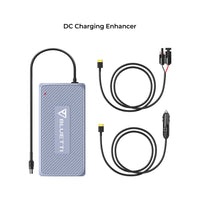

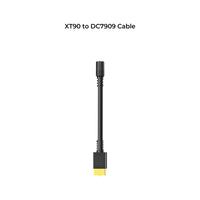
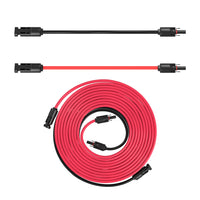
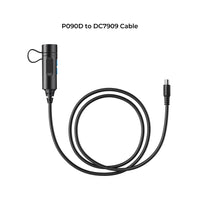
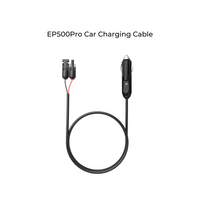
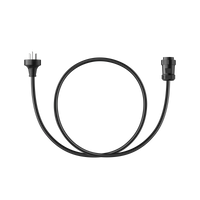
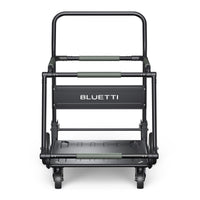
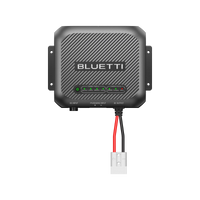
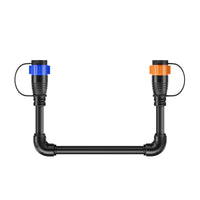



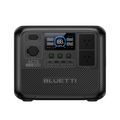
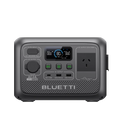
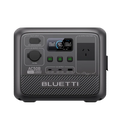


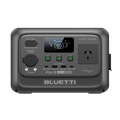
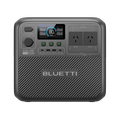
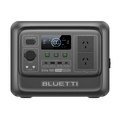
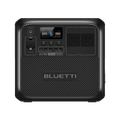
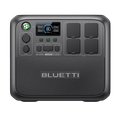
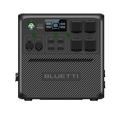
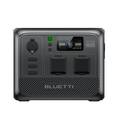
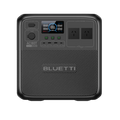


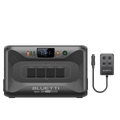

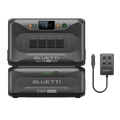
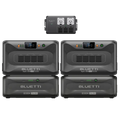




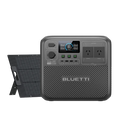
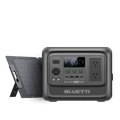
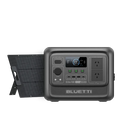
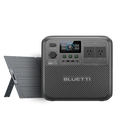
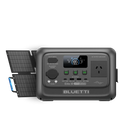
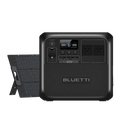
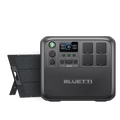
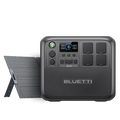




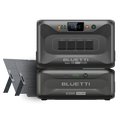
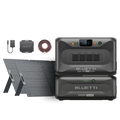
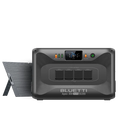
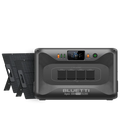
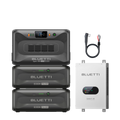


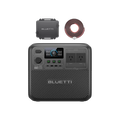
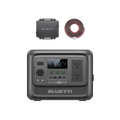
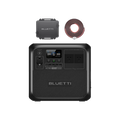

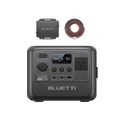
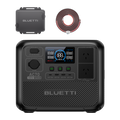
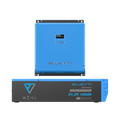
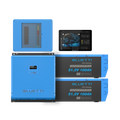
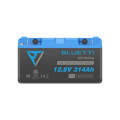
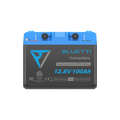

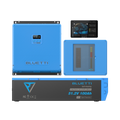
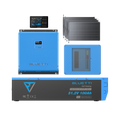







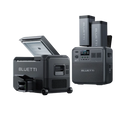
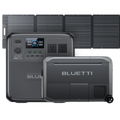
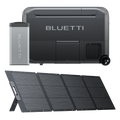


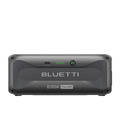

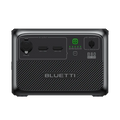
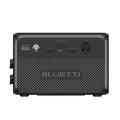

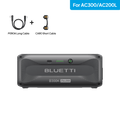
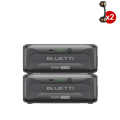
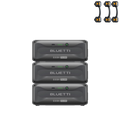




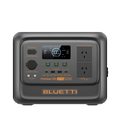
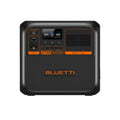

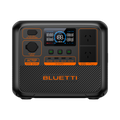
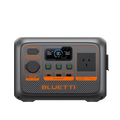

![[Phased Out] BLUETTI B80P Expansion Battery | 806Wh](http://www.bluettipower.com.au/cdn/shop/files/202310025B80P_2000-2000px_4_4caa0c1c-4dab-4272-9e9b-2b7507e5bd81.jpg?v=1713777870&width=120)
![[Phased Out] BLUETTI B210P Expansion Battery | 2,150Wh](http://www.bluettipower.com.au/cdn/shop/files/2_08cf9ef3-03a4-4489-b641-d3edb8094896.webp?v=1716016566&width=120)
